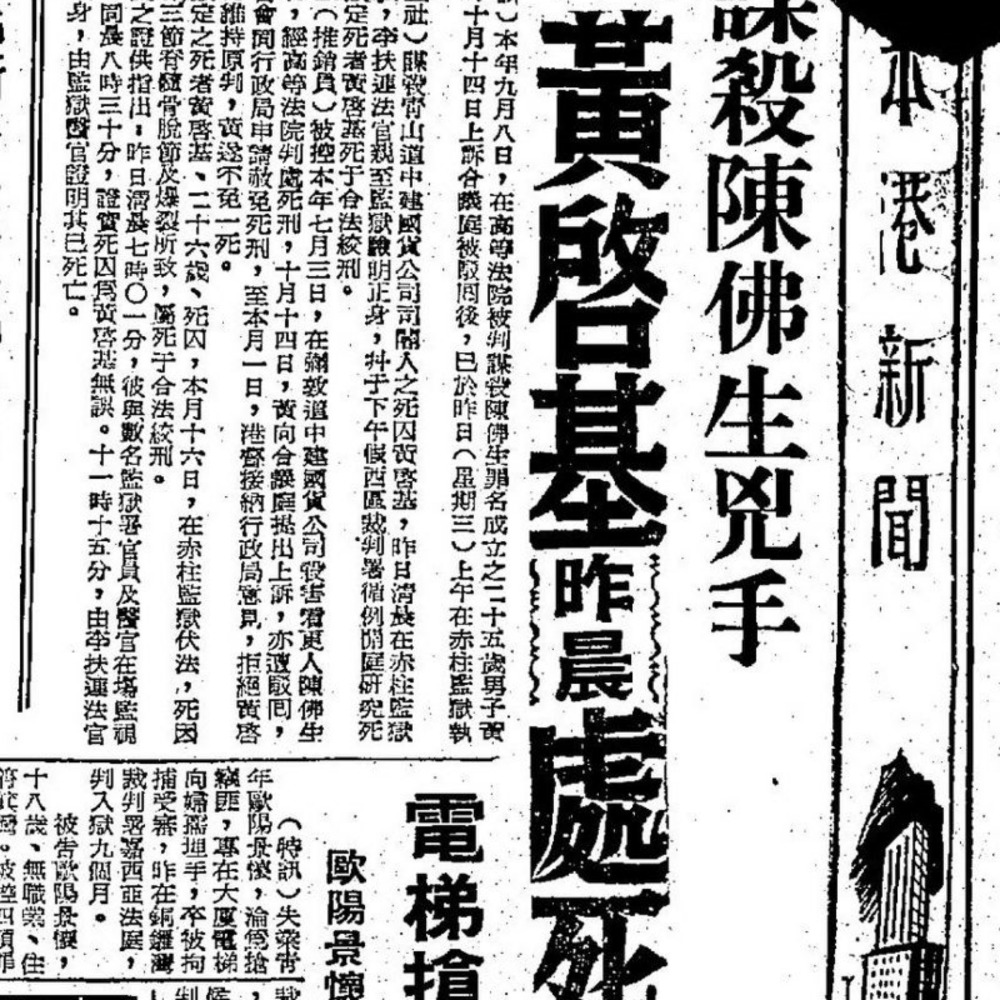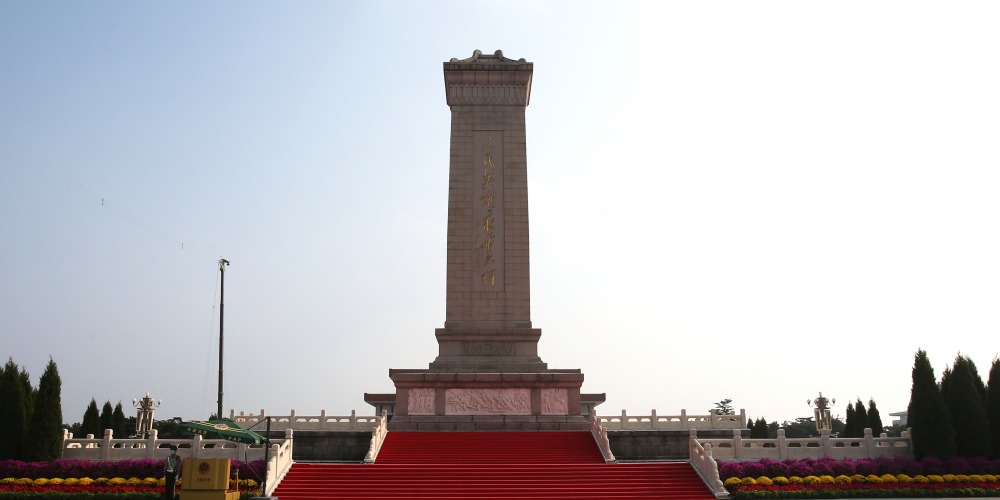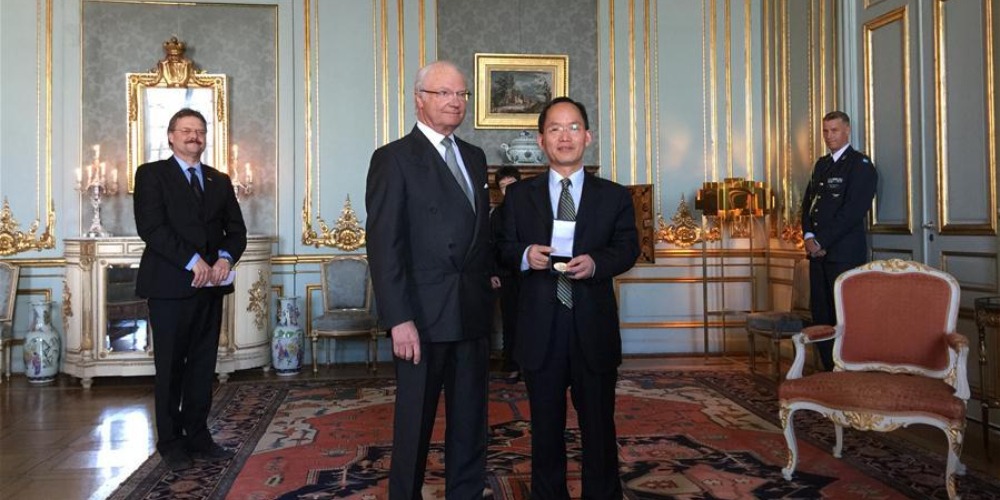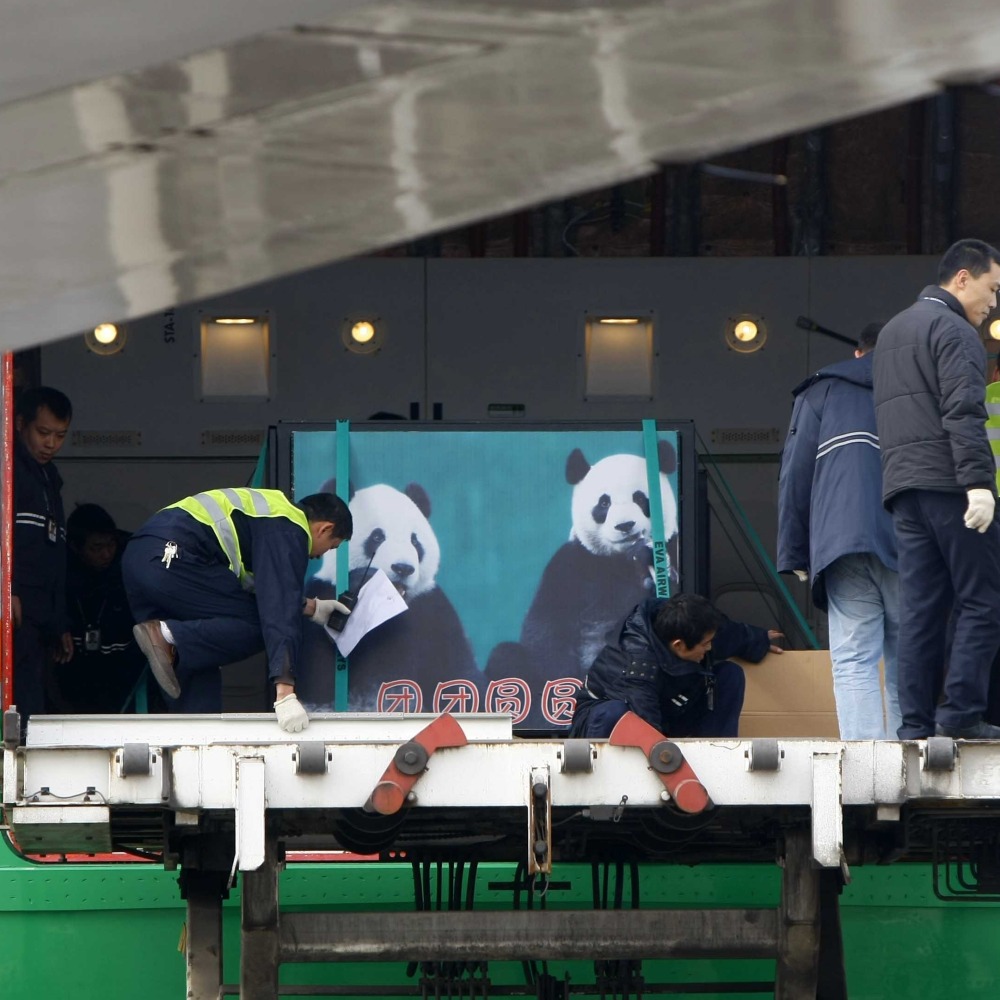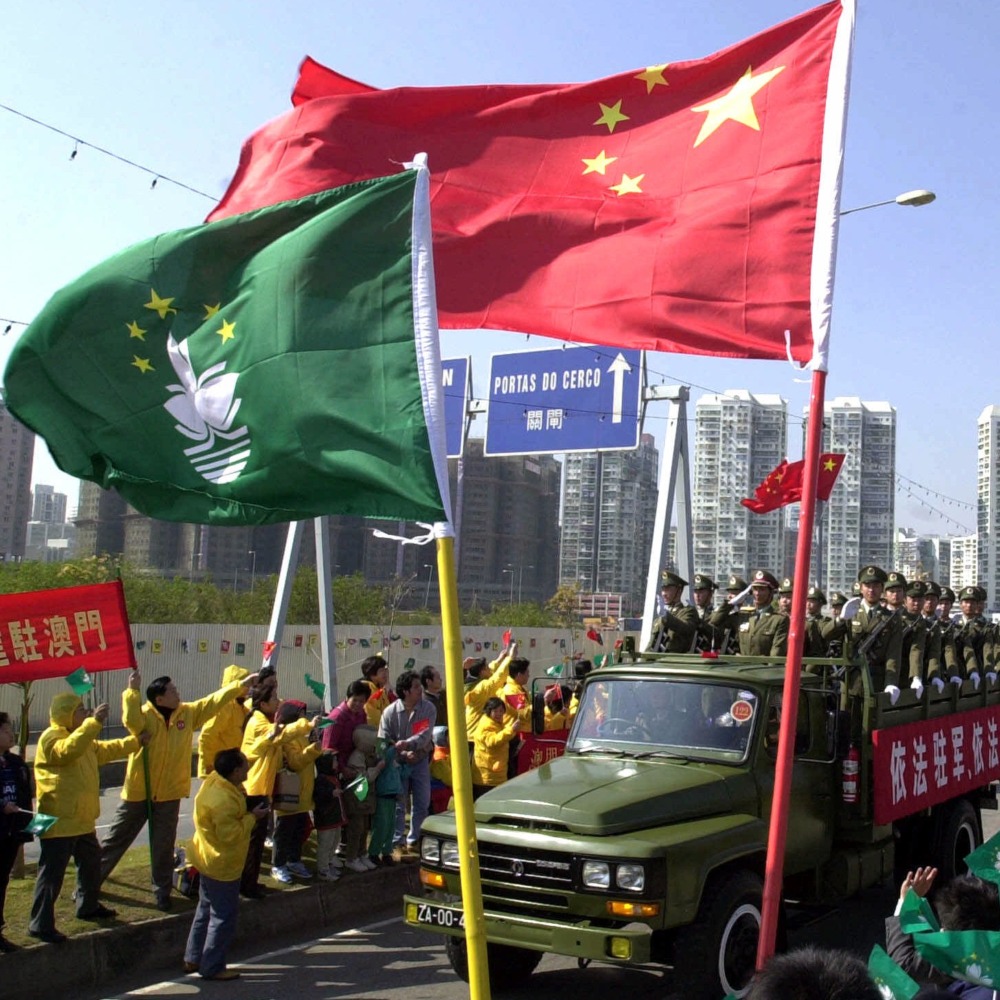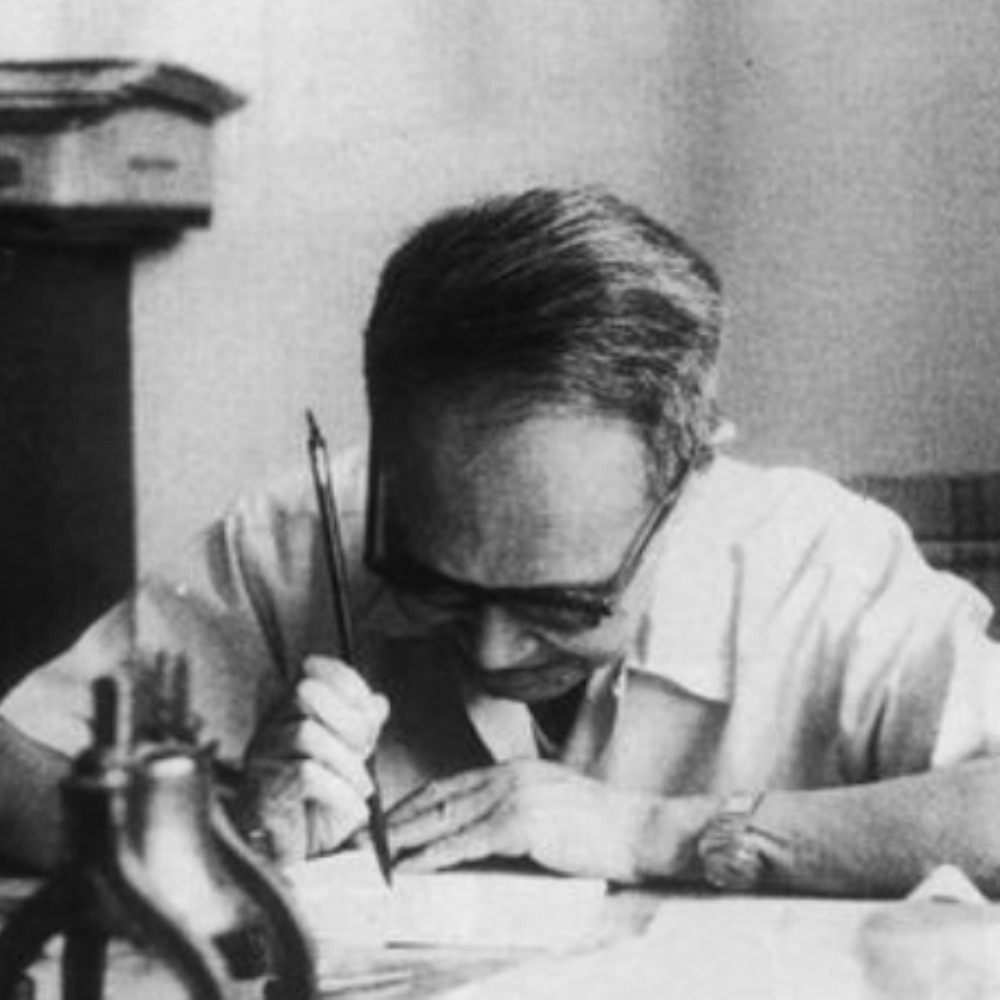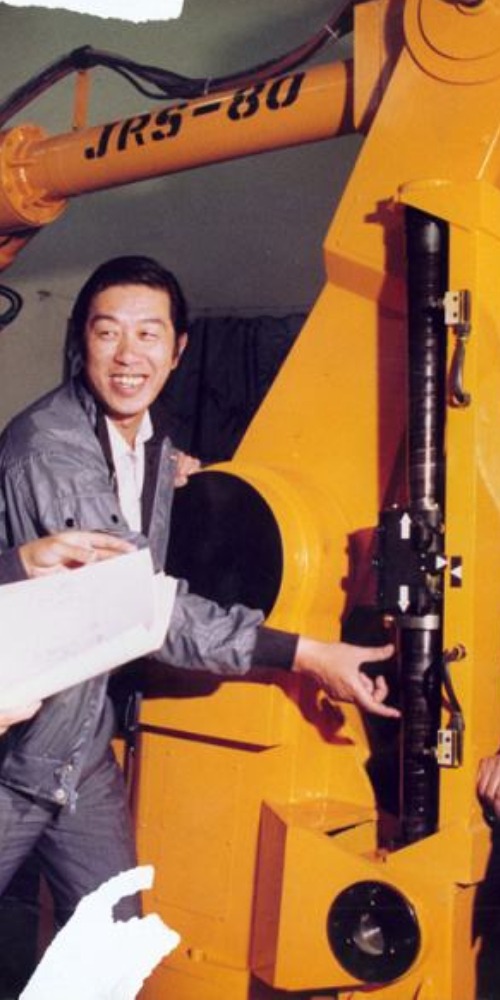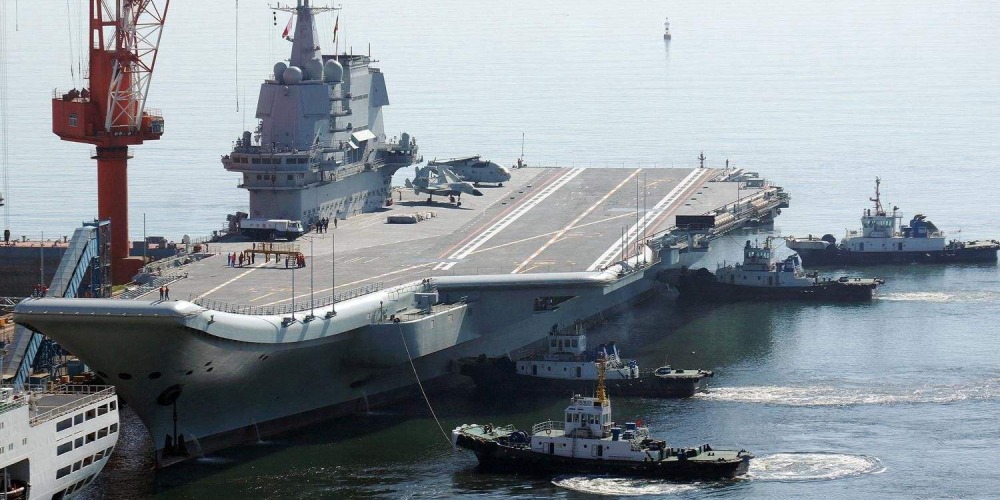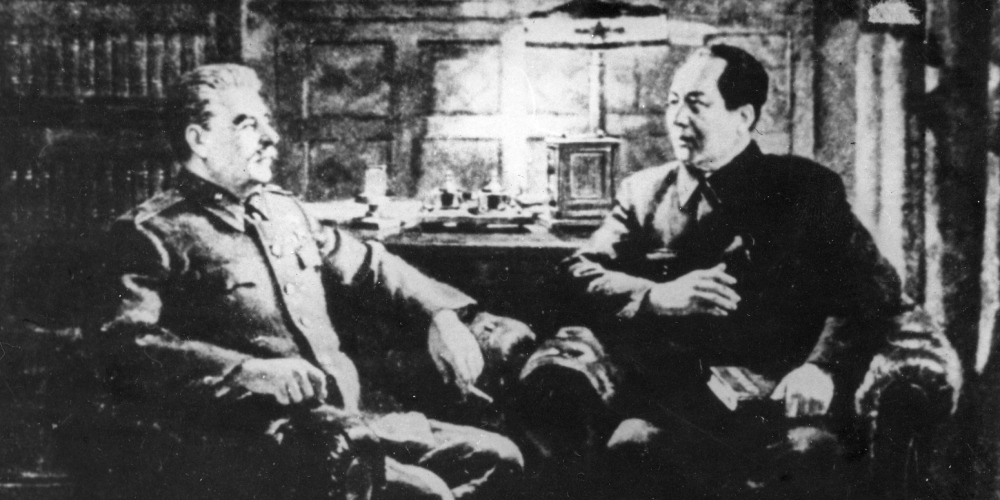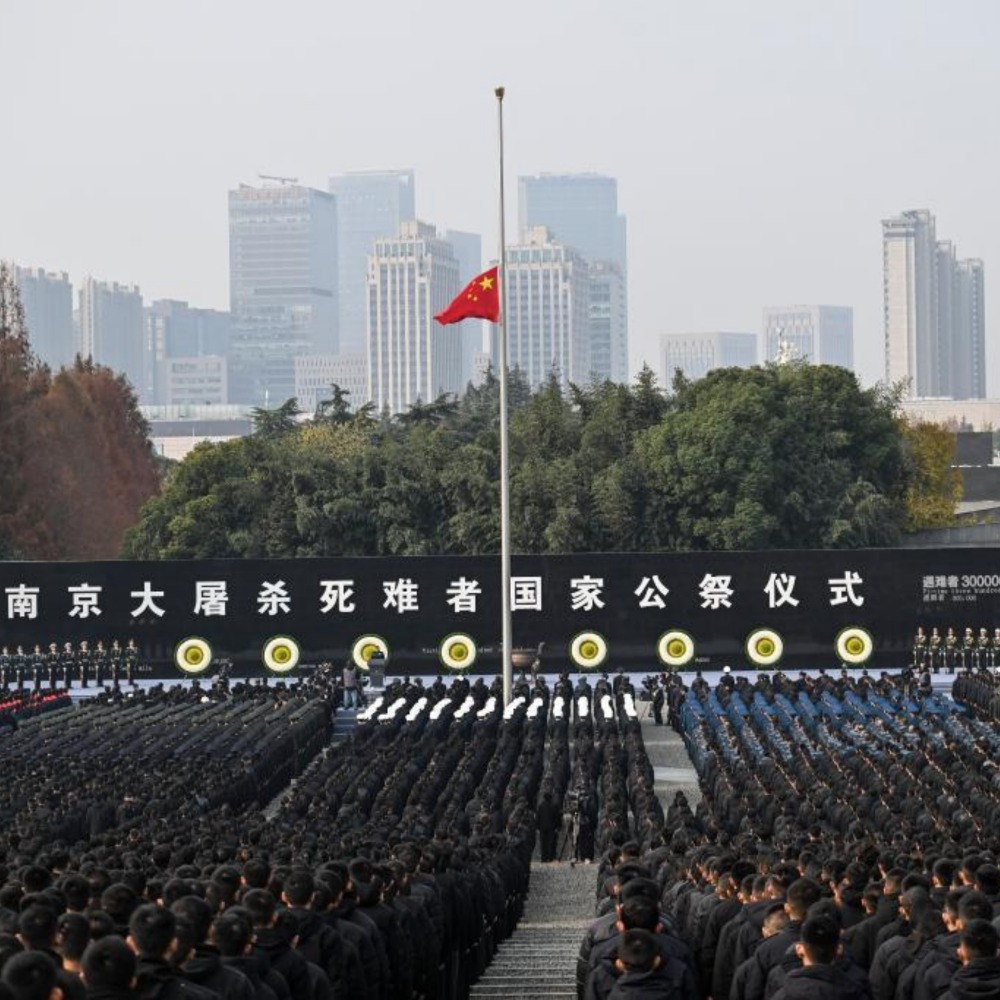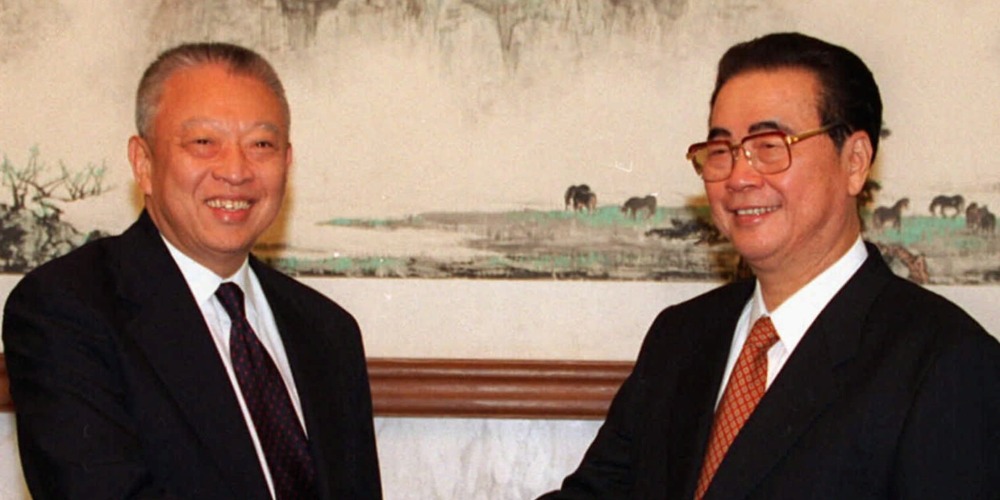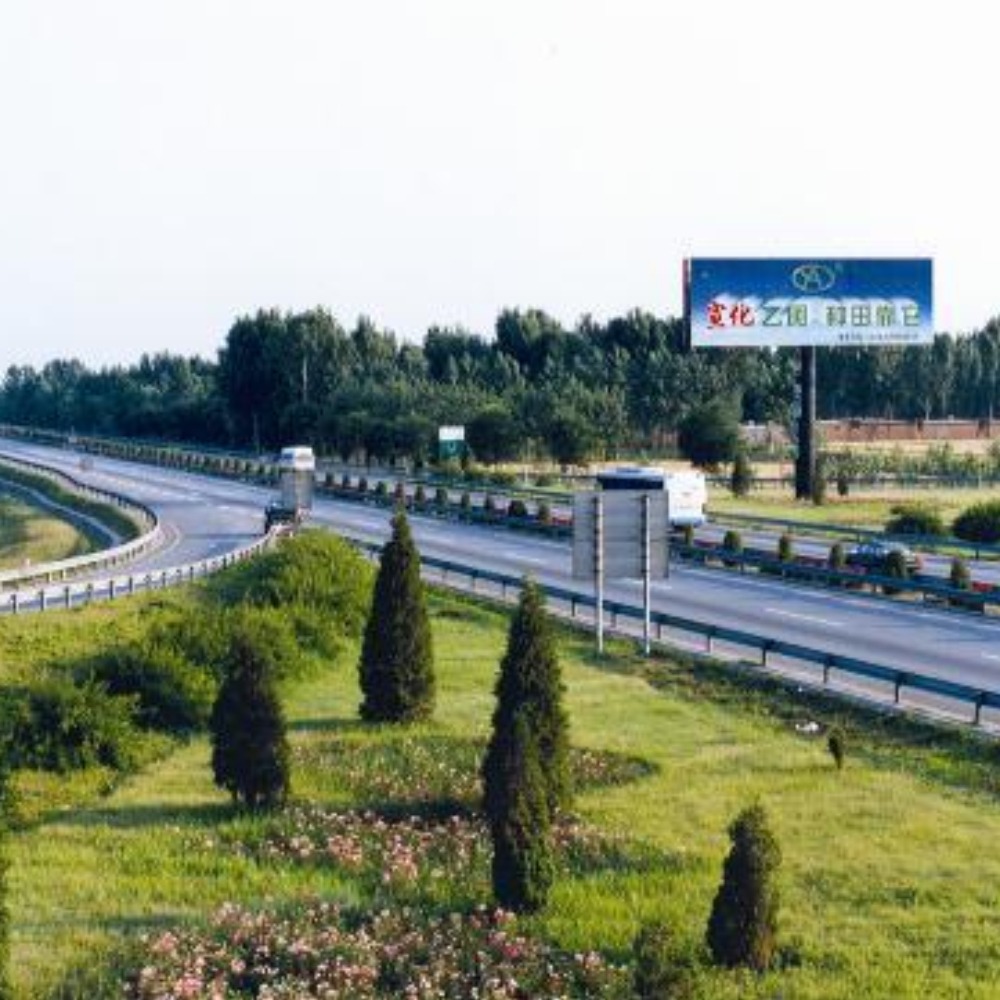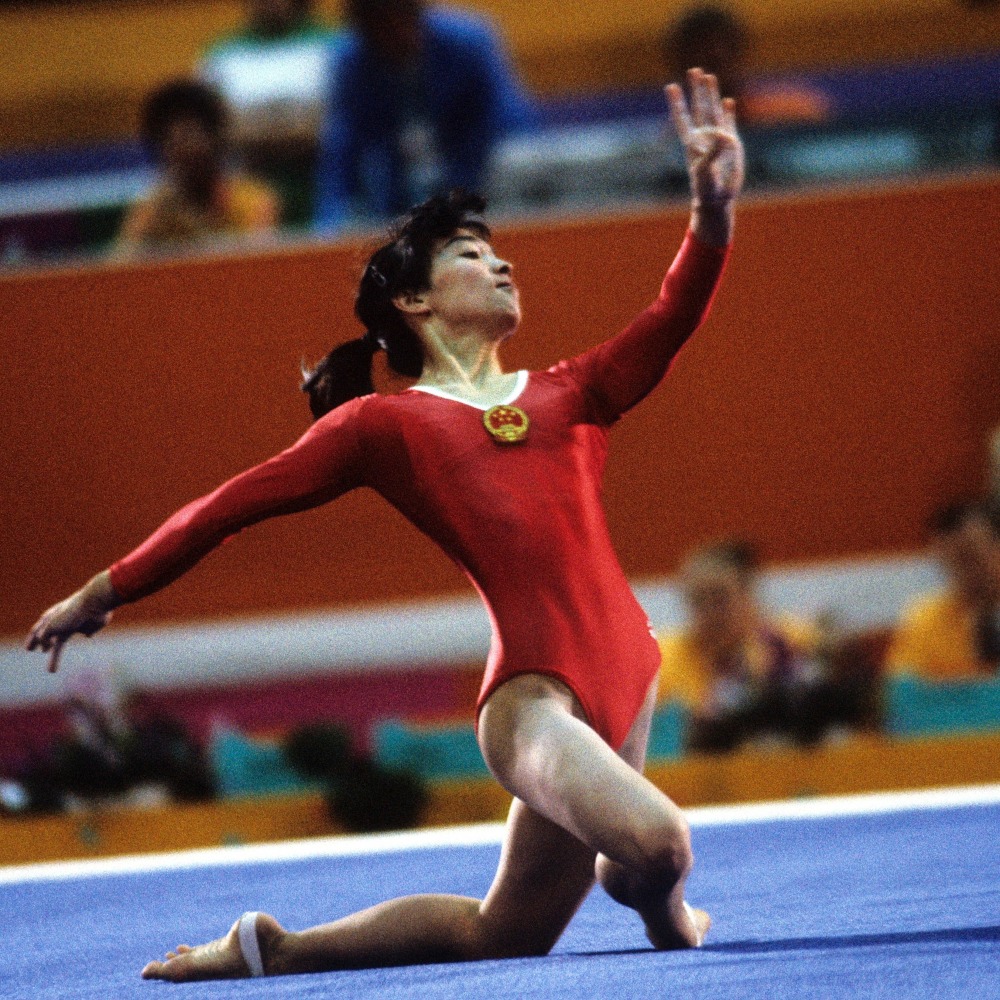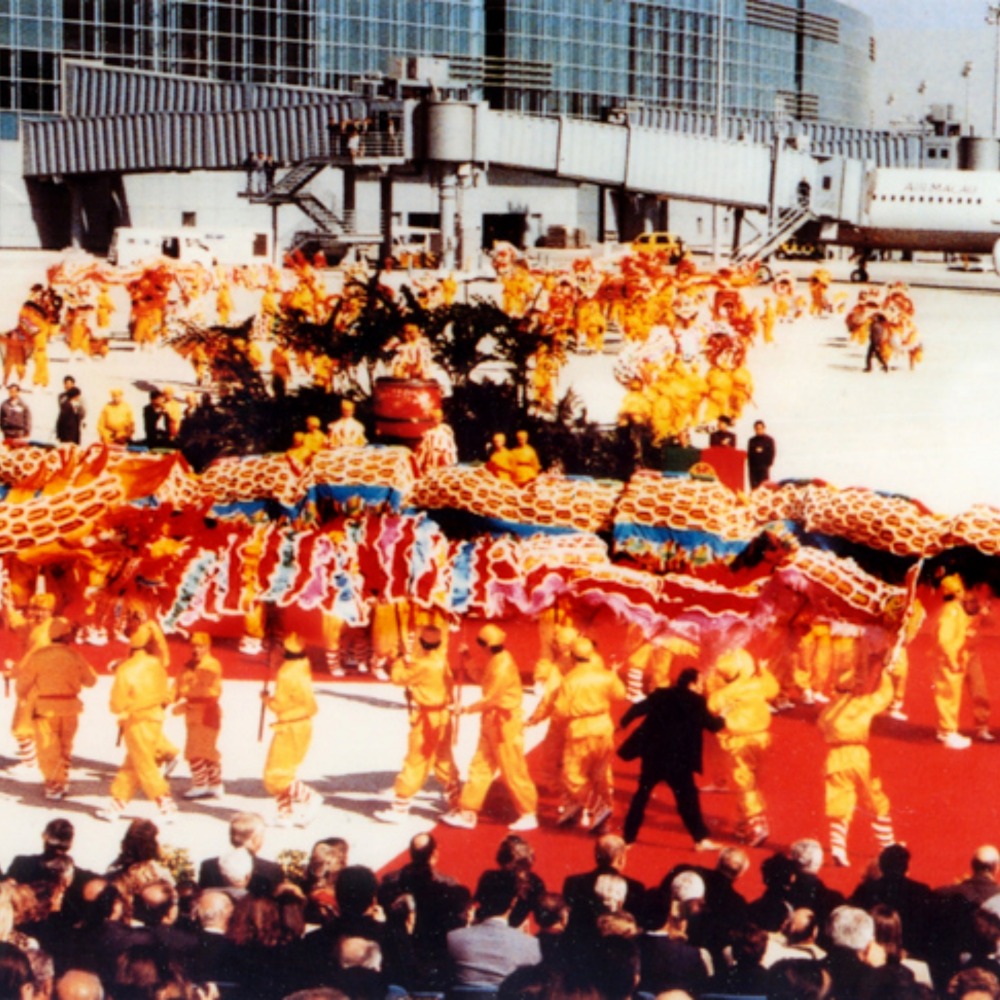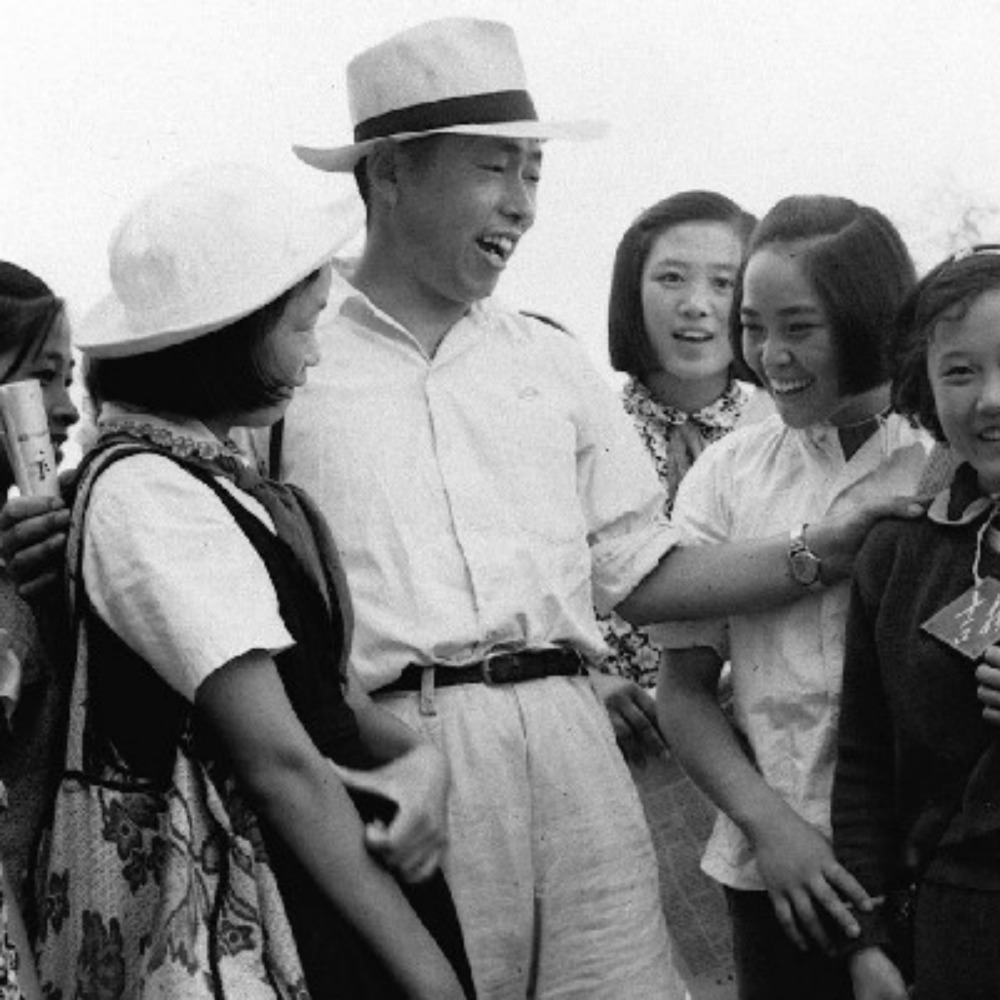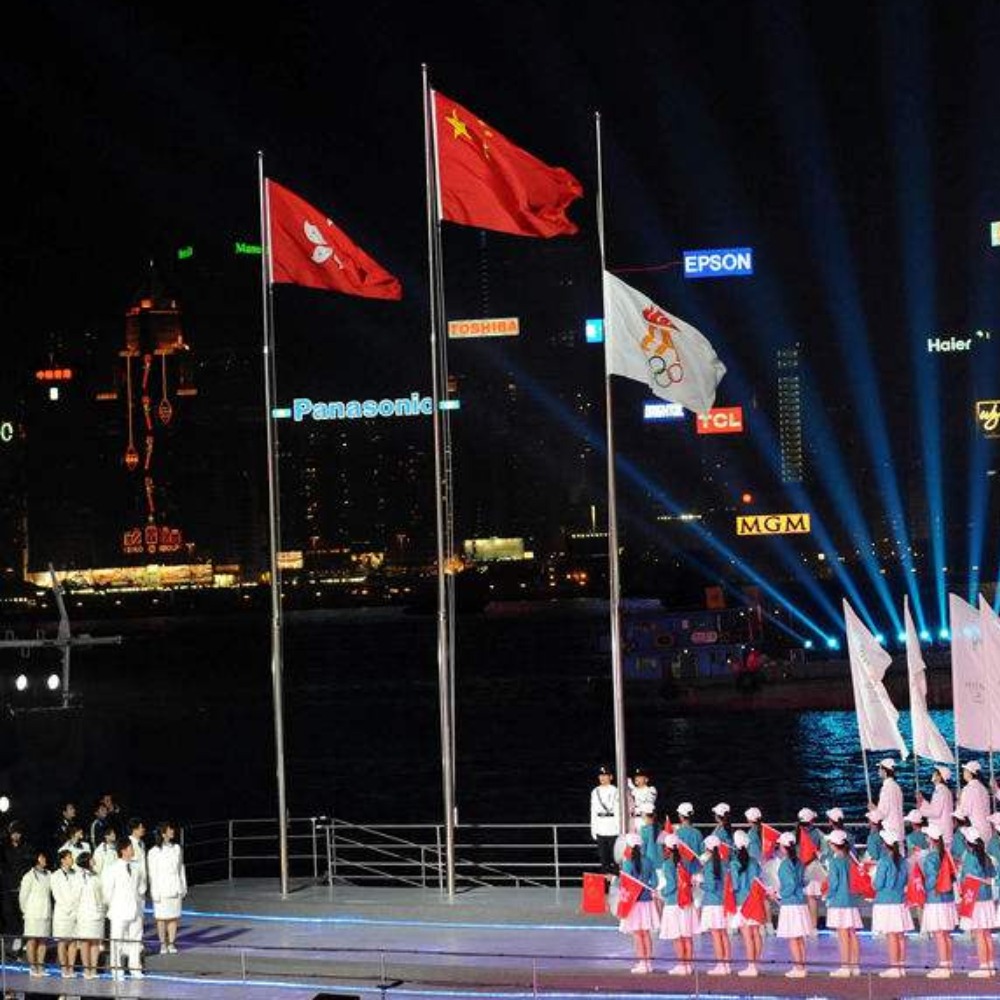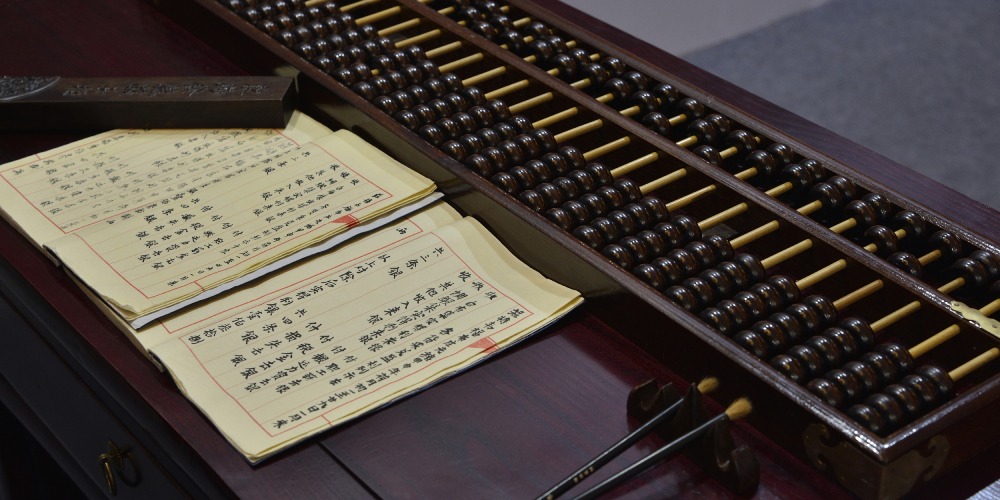Published : 2025-04-21
On April 21, 1993, Hong Kong abolished the death penalty.
On that day, the then Legislative Council passed the abolition of the death penalty with 40 votes in favour and 9 votes against.
Hong Kong had the death penalty as early as the 19th century, and at that time, executions were carried out publicly to serve as a deterrent. It wasn't until around 1895 that Hong Kong abolished public executions.
In Hong Kong, the method of execution was hanging, which could only be imposed by the Supreme Court. Before sentencing a convict to death, the judge would drape a square black cloth over their heads.
A week before the execution, the executioner would adjust the length of the rope and noose on the gallows based on the weight and neck circumference of the condemned.
Subsequently, the executioner would repeatedly practice the execution procedure using a sandbag of equal weight to the condemned.
On the night before the execution, the condemned would receive a "last meal", and reportedly, they could be allowed to drink alcohol in prison exceptionally.
After the condemned was executed, the body would be buried directly in the Stanley Prison Cemetery, with the tombstone bearing no name, only a number.
The last time the death penalty was carried out in Hong Kong was on November 16, 1966, when a Vietnamese man, Wong Kai-kei (黃啟基), was executed for committing murder and robbery.
Since then, convicts sentenced to death have automatically received a pardon from the Queen.

